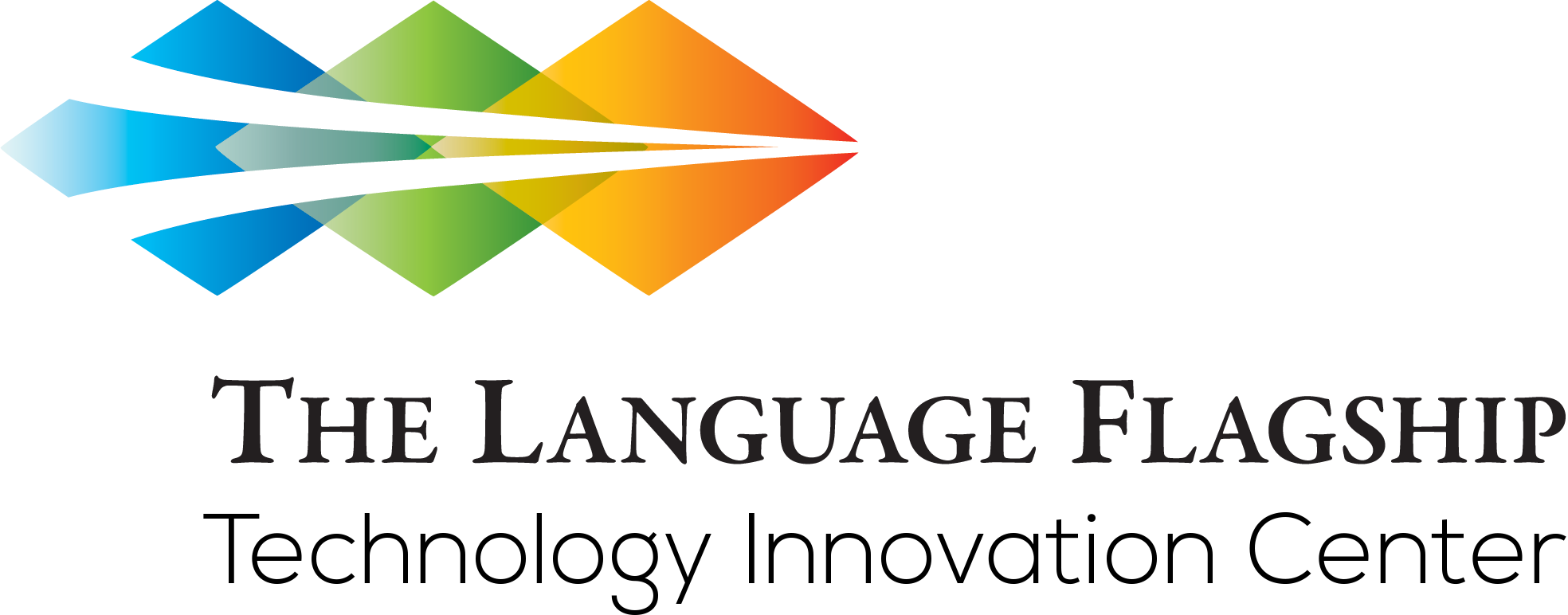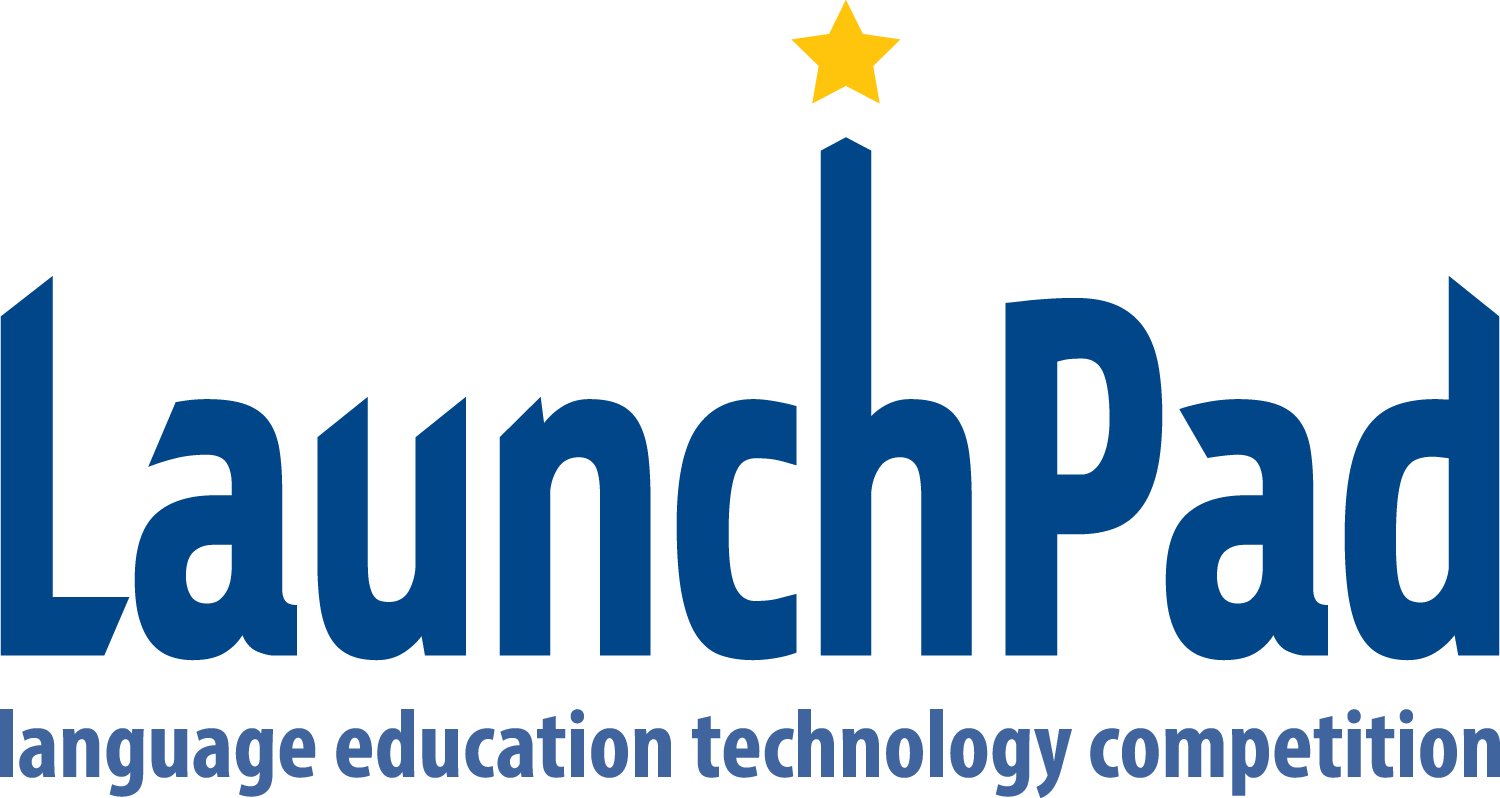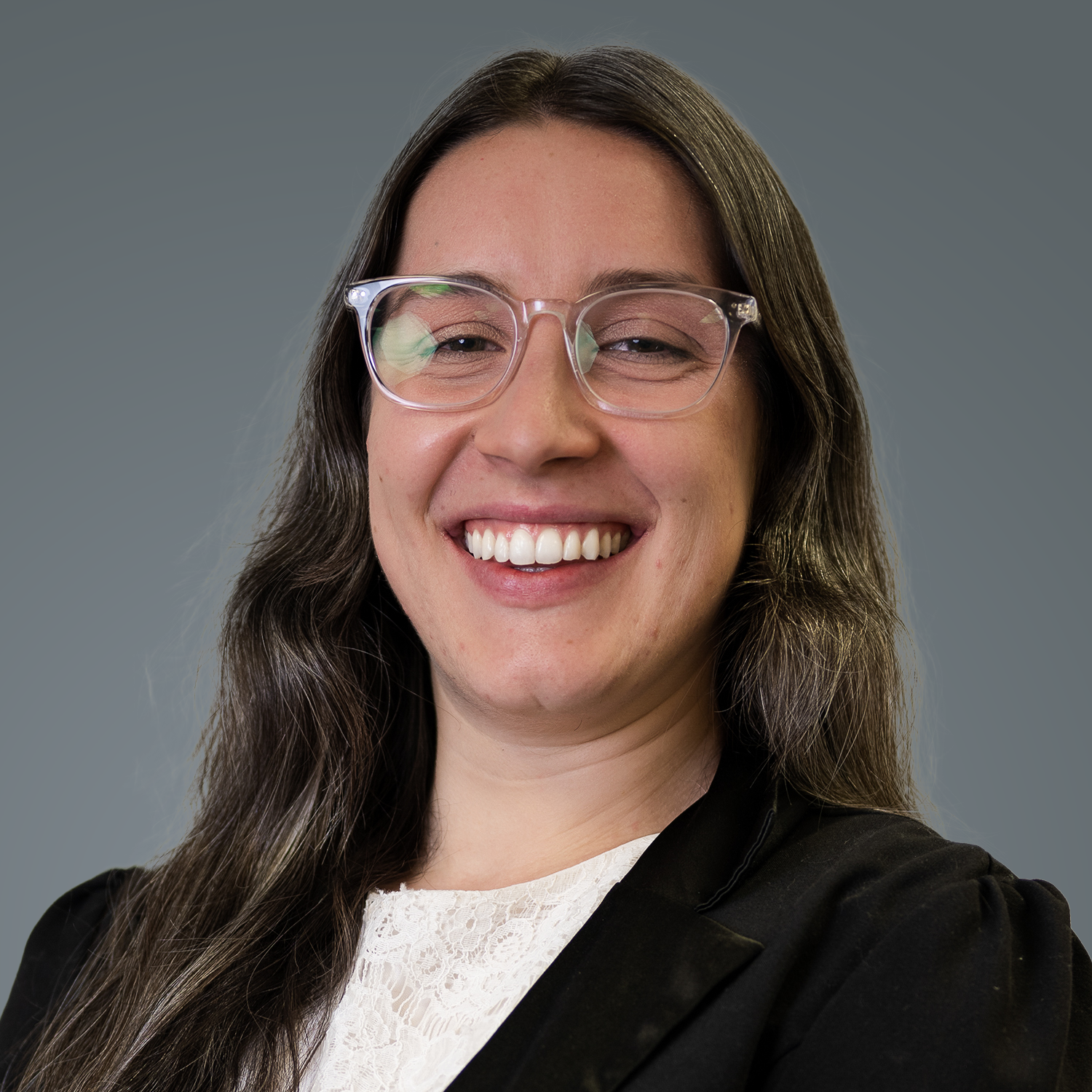DLS VR
Language Project Specialist: Lia Sauder
Primary Audience: Government/Adult Education
Diplomatic Language Services supports language training for adults working for the federal government. Since 2019, DLS has been building a virtual reality (VR) platform for culture-based and task-based language learning. DLS VR officially launched in 2021. A language student and language instructor visit virtual environments together during class time, completing real-life tasks like ordering a meal, booking a hotel room, conducting a business negotiation, etc. The authentic imagery in VR creates a cultural context in which students can both review their existing language and cultural knowledge while running into new vocabulary and important cultural elements. This supplements intensive classroom language training and prepares students to interact authentically in the target language.
LaunchPad Questions
During the LaunchPad, the audience had an opportunity to ask questions about the products. The Tech Center shared those questions with the entrepreneurs and here are the responses.
What kind of tasks are students completing?
Students complete various tasks in a DLS VR module, based on their language proficiency level. Students do VR modules one on one with an instructor or with 1-2 other students of a similar level. The types of tasks they complete include:
- Role plays: Buying food at a restaurant or street stand; ordering tickets; describing a building, the view or a painting; checking in to a hotel; having a business negotiation
- Listen to an embedded audio about the location they’re visiting, and answer questions.
- View a sign and determine its main message.
- Question and Answer with their instructor about what they are observing physically and culturally in the VR module.
- Converse about abstract topics like pollution, tourism, war, and influence of religion in society.
- And more
Pre-work and post-work tasks are included for each VR module. These tasks can be completed in English or the target language, depending on students’ levels.
Pre-work tasks may include:
- Study these vocabulary words you are likely to use in the VR module.
- Watch a video about the place you are going to visit in VR and take notes.
- Preview points of interest you’ll see in the VR module.
- Read historical context about the location you’ll explore. Pre-work tasks are designed to build background knowledge about the place students will visit in VR (ex. Petra in Jordan, Wat Pho Buddhist temple in Thailand). This way, students go into the VR environment with some context for the culturally significant location they will be visiting in VR. This scaffolds the experience and facilitates question asking, and better understanding of audios embedded in VR.
Post-work tasks may include:
- What did you learn about the region you visited? – Write a review about the location you visited, sharing your thoughts and recommendations as if you were rating it on a travel website.
- Compare and contrast the target culture with US culture, based on what you learned.
- Write a letter to a friend about the place you visited, sharing what you did and your opinions of the experience.
- Prepare a presentation about the place(s) you visited.
Post-work tasks are designed to facilitate reflection on the VR experience and expand proficiency skills for a meaningful conclusion to the VR experience.
Any plans to make this a tool that students can use independently to learn?
DLS VR was designed as an interpersonal tool to facilitate cultural learning about specific locations in the target region. Currently, DLS VR is most valuable in a 1:1, 1:2, or 1:3 teacher-student ratio, with natural conversation in the target language happening as students and instructor explore the VR environment together. With asynchronous modules, more listening and reading tasks need to be built into the module to make it more independently engaging. We are working on that option to diversify availability.
Quotes can be requested by emailing vr@dlsdc.com.
Can it be used without the VR hardware by looking at it on another device screen?
Make sure to turn up your volume to hear the background sound effects while journeying through the module.
Can the students create the tours themselves?
Do teachers have to create all their own tasks or can they select from premade ones?
Do the tasks come with the pictures? Do the teachers create the tasks?
Does the system require an instructor to lead activities or can students learn autonomously?
We are piloting asynchronous (autonomous) modules where the student explores in VR and completes related tasks in their learning management system.
Does the VR journey introduce cultural diversity in each context?
Exposing students to cultural diversity in the sense of different ethnic groups or regions of the country would be achieved by students completing multiple VR modules located in region-specific places, and/or through in-class discussion plus pre- and post-work activities.
How do teachers interact with and support students using VR in class?
How do you evaluate language proficiency?
In a DLS VR module, tasks would be adjusted to suit the student’s proficiency level.
I get the whole language/culture mixture. Is that mix applicable and the same for students at different language proficiency levels?
Is this accessible for low-income schools?
Is this compatible with desktop or mobile?
It is not an app. The platform is accessible through a browser tab on a Meta Quest 2 or Quest Pro headset, Chromium-based desktop or laptop browsers, or Android phones.
Is this text learning only or voice learning ?
There is a question of accessibility as this is mostly visual. Any options for screen reading or alternative presentation methods of pertinent information?
Contact Information
TECH CENTER
1890 East West Road
Moore Hall 256
Honolulu, HI 96822
tech.center@hawaii.edu
Follow Us
Explore
The Language Flagship Technology Innovation Center is funded under a grant from the Institute of International Education (IIE), acting as the administrative agent of the Defense Language and National Security Education Office (DLNSEO) for The Language Flagship. One should not assume endorsement by the Federal Government. Project P.I.: Dr. Julio C. Rodriguez



